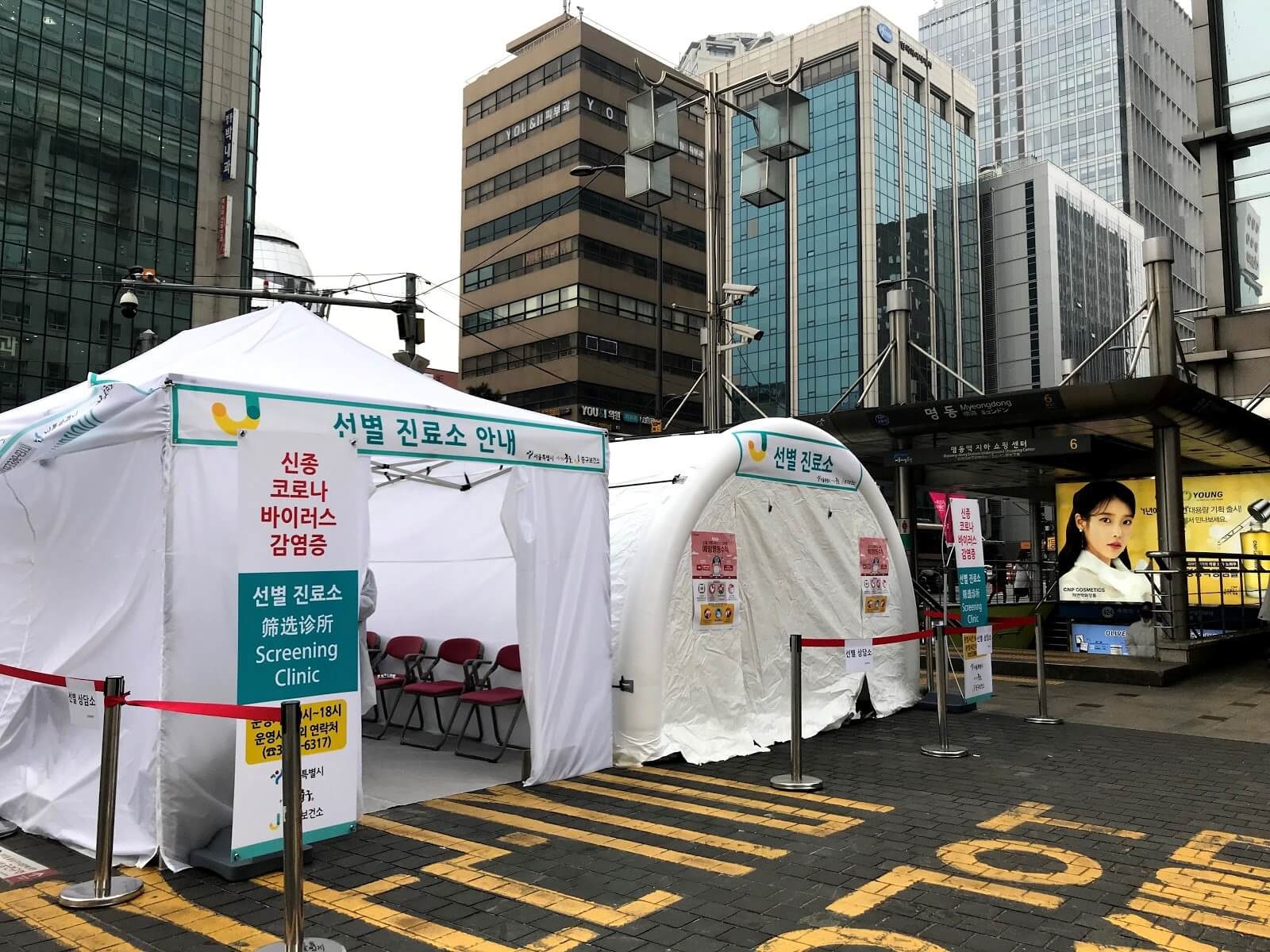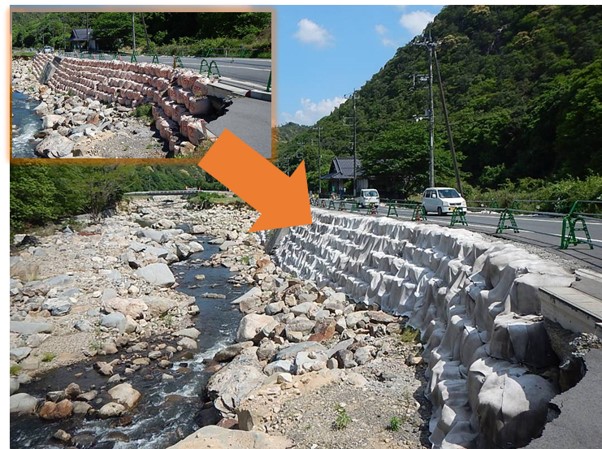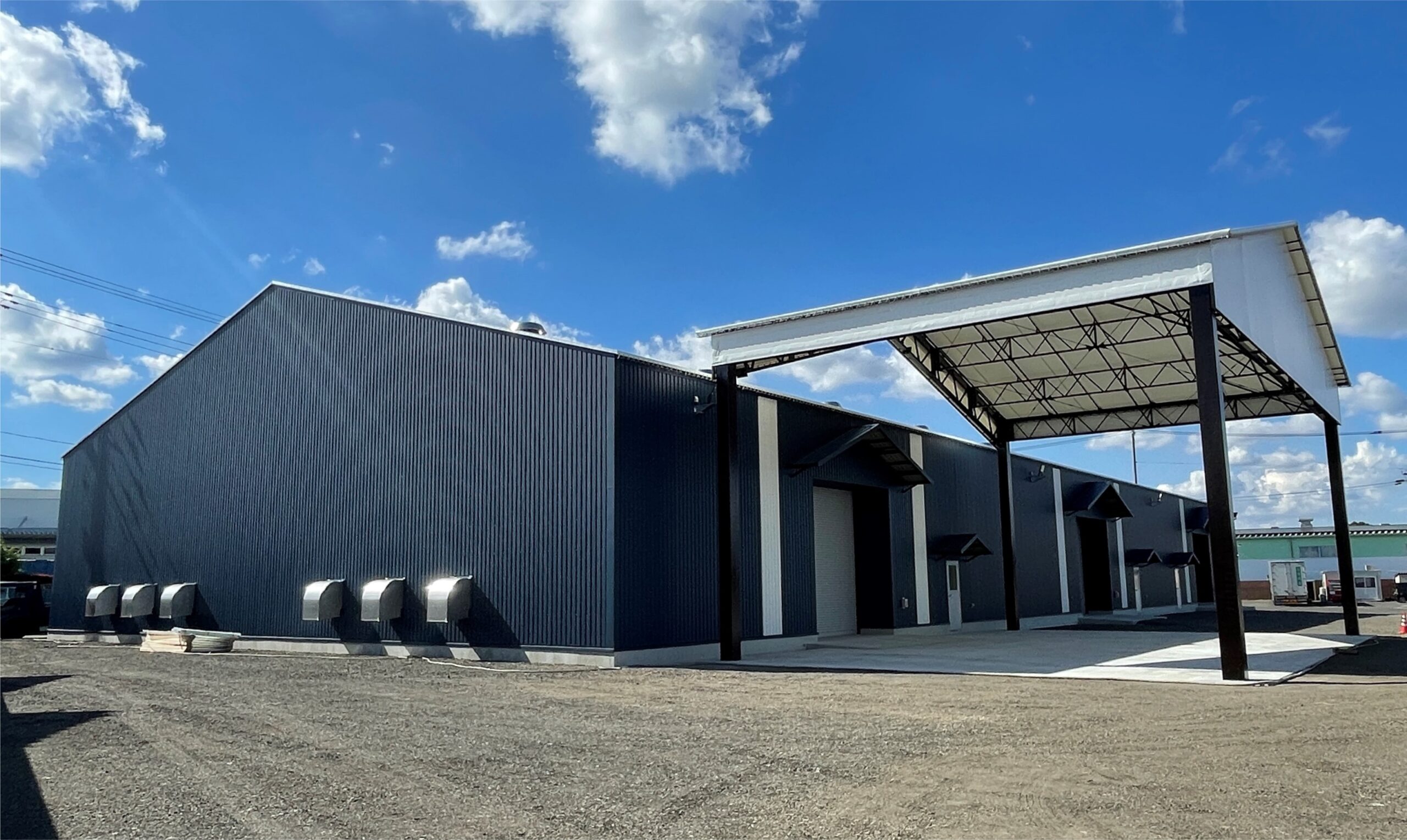

Taiyo Kogyo Column
Importance of negative pressure equipment │ Summary of negative pressure tents for infectious diseases
2020.04.06

感染症は、周期的に大規模な拡大を起こしています。2000年代に流行したSARSや新型インフルエンザ、海外ではエボラ出血熱やMERSコロナウイルスが直近でも発生しています。
2020年現在では新型コロナウイルスが大流行し、これまで以上に感染症対策に注目が集まっています。より効果の高い施策や設備などを求める声が日々大きくなる中、陰圧設備の重要性が改めて認識されています。
本稿で過去の感染症と、感染症対策における陰圧設備の重要性と医療用陰圧テントについてご紹介します。
Past Infections
Infectious diseases are diseases that develop symptoms when invisible pathogens such as viruses and bacteria invade the human body. Pathogens spread from host to host through the following three main routes, resulting in an increase in the number of infected individuals.
Pandemic influenza (swine flu) 2009
The source of the outbreak was believed to be the swine flu virus, which was transmitted from pigs to humans and caused an epidemic mainly in the U.S. Two months after receiving a report of the outbreak from the Centers for Disease Control and Prevention (CDC), the WHO declared a global epidemic alert level of Phase 6 (the highest level).
Like regular influenza, it is spread mainly by droplet infection, and because droplets are large, the flying distance is usually said to be within 1 meter. However, it can spread more widely through the air or contaminated objects. Currently, antiviral drugs can relieve symptoms or speed recovery.
Middle East Respiratory Syndrome (MERS) 2012
In 2015, the outbreak spread mainly in South Korea. More than 1,200 people were infected and 450 people died. Close contact (within 2 meters) in public places was considered dangerous, and thermographic body surface temperature screening was used in airplanes.
West Africa Ebola Hemorrhagic Fever (EHF) 2014
The Ebola virus, the pathogen of Ebola hemorrhagic fever, is highly infectious to humans with some exceptions and is designated at a high biosafety level. In Japan, all cases of infection require immediate notification.
For reliable negative pressure isolation
According to the Infectious Diseases Society of Japan, ideal negative pressure isolation requires a front room, with separate air supply and exhaust for the sickroom and front room, and facilities that do not allow air from the sickroom to flow out. In addition, a certain number of ventilation of the room air is required to reduce the number of pathogenic microorganisms and dust in the sickroom and front room. The Centers for Disease Control and Prevention (CDC) recommends a minimum of 12 ventilation cycles per hour to achieve 99% or more ventilation in a short period of time. However, negative pressure facilities that meet these standards cannot be implemented everywhere due to the cost of installation and operation, and only a handful of hospitals actually have negative pressure rooms. This trend is similar among national hospitals. Therefore, medical negative pressure tents, which can be quickly installed at low cost, are attracting attention.
What is a Medical Negative Pressure Tent?
This air tent has a “negative pressure filter. The air pressure in the main tent, where medical procedures are performed, is lower than that outside. Viruses inside the tent are filtered out, and only clean air is discharged outside, preventing the spread of viruses. Inside the main tent, air flow is maintained in a constant direction, creating an environment that prevents secondary infection among medical personnel.
McQuick Shelter, a superior medical negative pressure tent
The McQuick Shelter from Taiyo Kogyo Corporation boasts superior functionality among negative pressure tents for medical use, and was introduced nationwide to play an active role during the 2009 H1N1 influenza pandemic. The McQuick Shelter has the following features and is highly effective in setting up.
- 立ち上げ:最短で約1分程度で立ち上がります。
- 収納:立ち上げだけでなく、移動などのための収納も迅速です。5分程度で収納が完了します。
- 必要人数:最少で大人2人いれば、設置・収納が可能です。
- 形状:屋根膜とエアビーム(柱)が一体化しており、形状安定性に優れます。
- 火災対策:膜材には防炎製品を使用しているため、高い防火性を誇ります。
- メンテナンス:一般的なテントは破損すると工場に持ち込んで修理が必要ですが、マク・クイックシェルターは現場で簡単にメンテナンス可能です。
- 断熱性と対結露性:二重膜仕様の膜材なら、断熱性に優れるため冷暖房効率が高まる他、カビの発生原因になる結露も抑えることができます。
Taiyo Kogyo Corporation: Click here for inquiries about “McQuick Shelter “.
Negative Pressure Tent Case Study
South Korea’s MERS Countermeasures
More than 90 air tents have been delivered since 2015 to combat MERS.
Its McQuick shelter was temporarily set up in a public square in the city center against the 2020 novel coronavirus and was used as a testing facility.
Emergency Assistance for the Ebola Epidemic
ODA (Official Development Assistance) Japan International Cooperation System (JICA) provided 30 units as emergency aid for the Ebola epidemic in the eastern part of the Democratic Republic of Congo.
2019 Influenza Training
Since the 2009 H1N1 influenza pandemic, the Saitama Prefectural Government has purchased negative pressure tents and deployed them throughout the prefecture in preparation for an epidemic of infectious diseases.
summary
Preventing the spread of pathogens is important in combating infectious diseases, and medical negative pressure tents are effective for four major reasons.
- Prevent the spread of infection in an enclosed space
- Can be quickly set up in a location separate from the regular treatment room
- Compact and lightweight, can be stored compactly in normal times
- Easy to carry and can be installed anywhere
In addition, drive-through inspections are currently being considered in Niigata City and Nagoya City in preparation for the spread of infectious diseases that may come at any time.
In addition, we propose the following applications. Air tents can be installed at the entrances and exits of public buildings, factories, and businesses.
The tents can also be used as a disinfection space or as a thermographic temperature sensor when people pass through.
Taiyo Kogyo Corporation: Inquire about Medical Negative Pressure Tents.
Related Articles
- TOP>
- Taiyo Kogyo Column>
- Importance of negative pressure equipment │ Summary of negative pressure tents for infectious diseases








